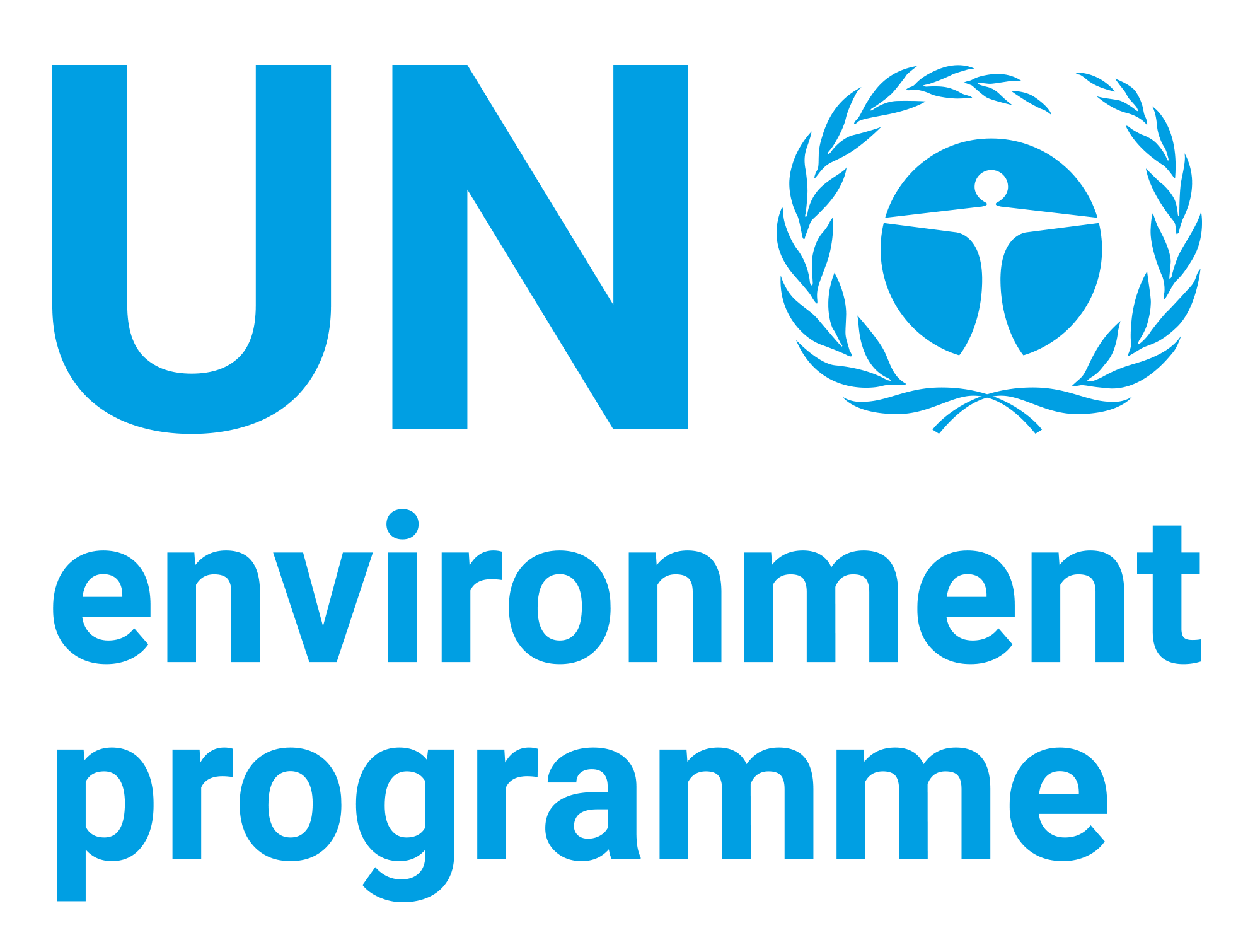| dc.contributor | Economy Division | en_US |
| dc.contributor.author | United Nations Environment Programme | en_US |
| dc.contributor.author | Food and Agriculture Organization of the United Nations | en_US |
| dc.contributor.other | Boltyanskaya, E.V. | en_US |
| dc.coverage.spatial | Global | en_US |
| dc.date.accessioned | 2019-04-28T19:33:00Z | |
| dc.date.available | 2019-04-28T19:33:00Z | |
| dc.date.issued | 1984 | |
| dc.identifier.uri | https://wedocs.unep.org/20.500.11822/28135 | |
| dc.description | Numerous data on the contamination of agricultural food material, food stuffs, and fodders with spores of various, microscopic fungi can be found in the literature. Improper storage of these substrates, which most frequently occurs during the harvesting of vast masses of grain with high humidity', may cause the intense development of many species of mould fungi. In a number of cases, this is accompanied not only by changes in the chemical composition of the contaminated substrate and its pro-ceasing properties, but also by the accumulation of the toxic metabolytes (mycotoxins) of a number of fungi. | en_US |
| dc.format | Text | en_US |
| dc.language | English | en_US |
| dc.relation.ispartof | International Training Course: Training Activities on Food Contamination Control And Monitoring With Special Reference To Mycotoxins | en_US |
| dc.rights | Public | en_US |
| dc.subject | toxic substance | en_US |
| dc.subject | toxicology | en_US |
| dc.subject | cultivation system | en_US |
| dc.subject | food contamination | en_US |
| dc.subject | fungi | en_US |
| dc.subject | food storage | en_US |
| dc.subject | chemical | en_US |
| dc.title | Toxin-Forming Imperfect Fungi And Their Cultivation In The Laboratory | en_US |
| wd.identifier.sdg | SDG 3 - Good Health and Well-being | en_US |
| wd.tags | Health | en_US |
| wd.topics | Chemicals and Pollution Action | en_US |
| wd.identifier.pagesnumber | 32 pages | en_US |


